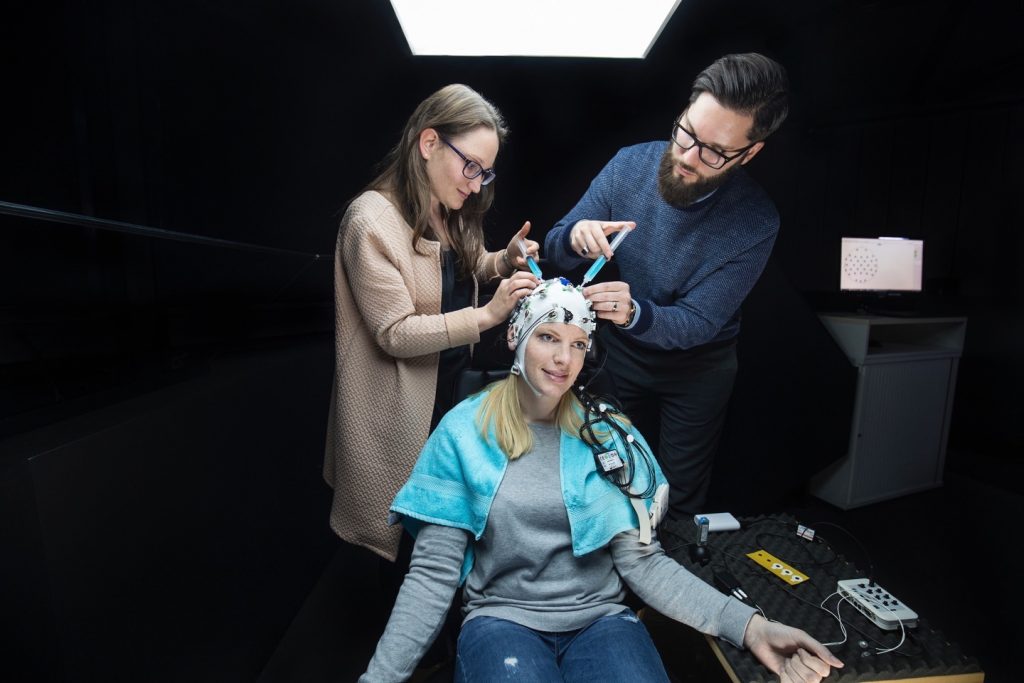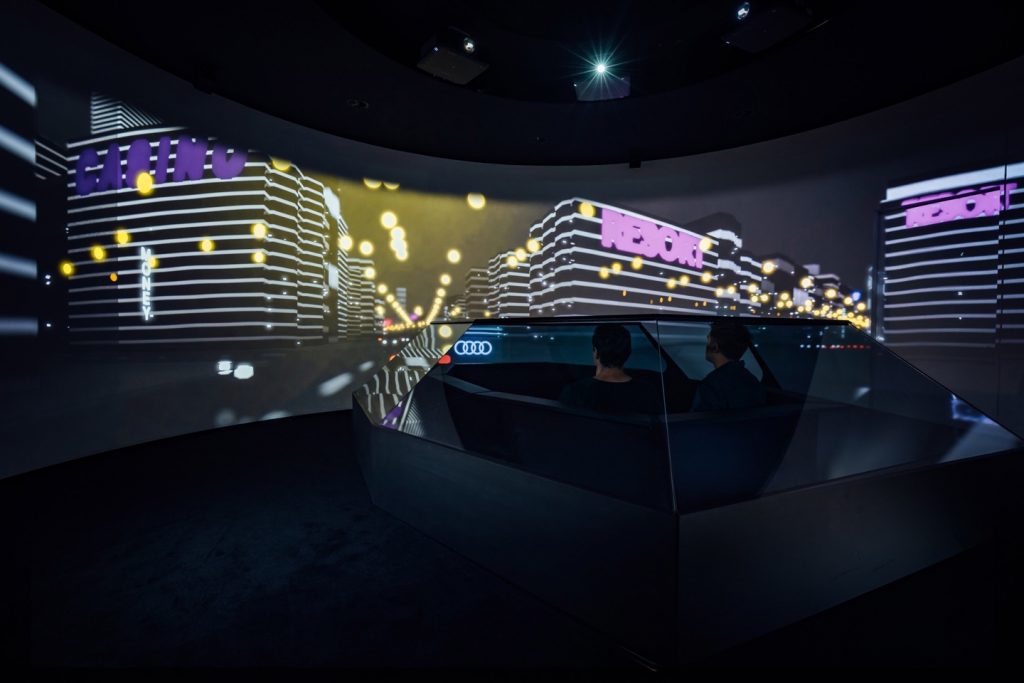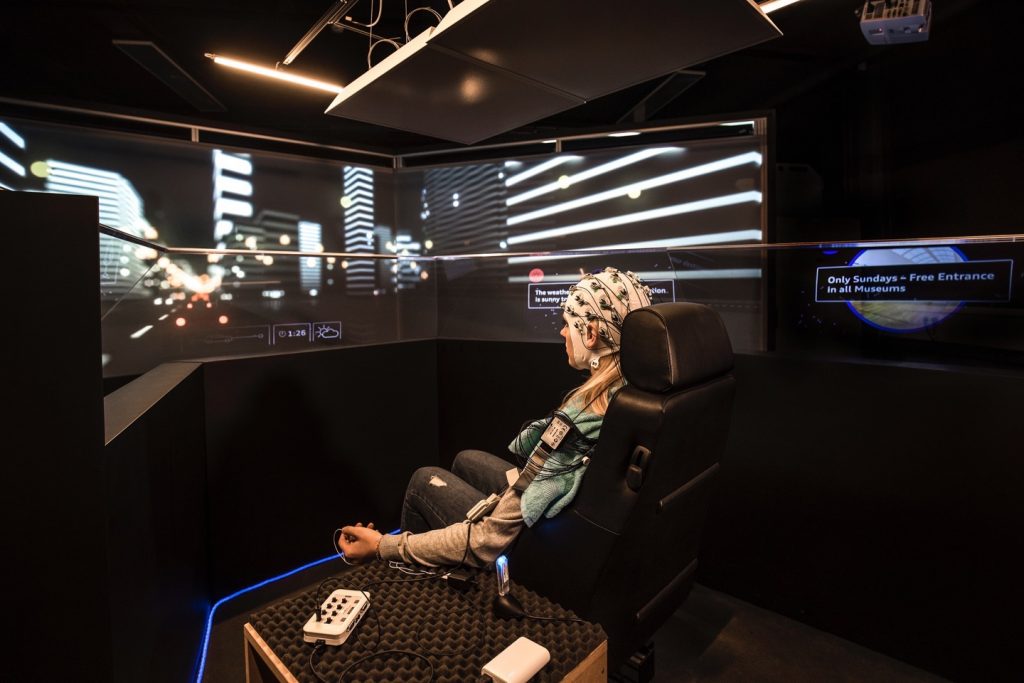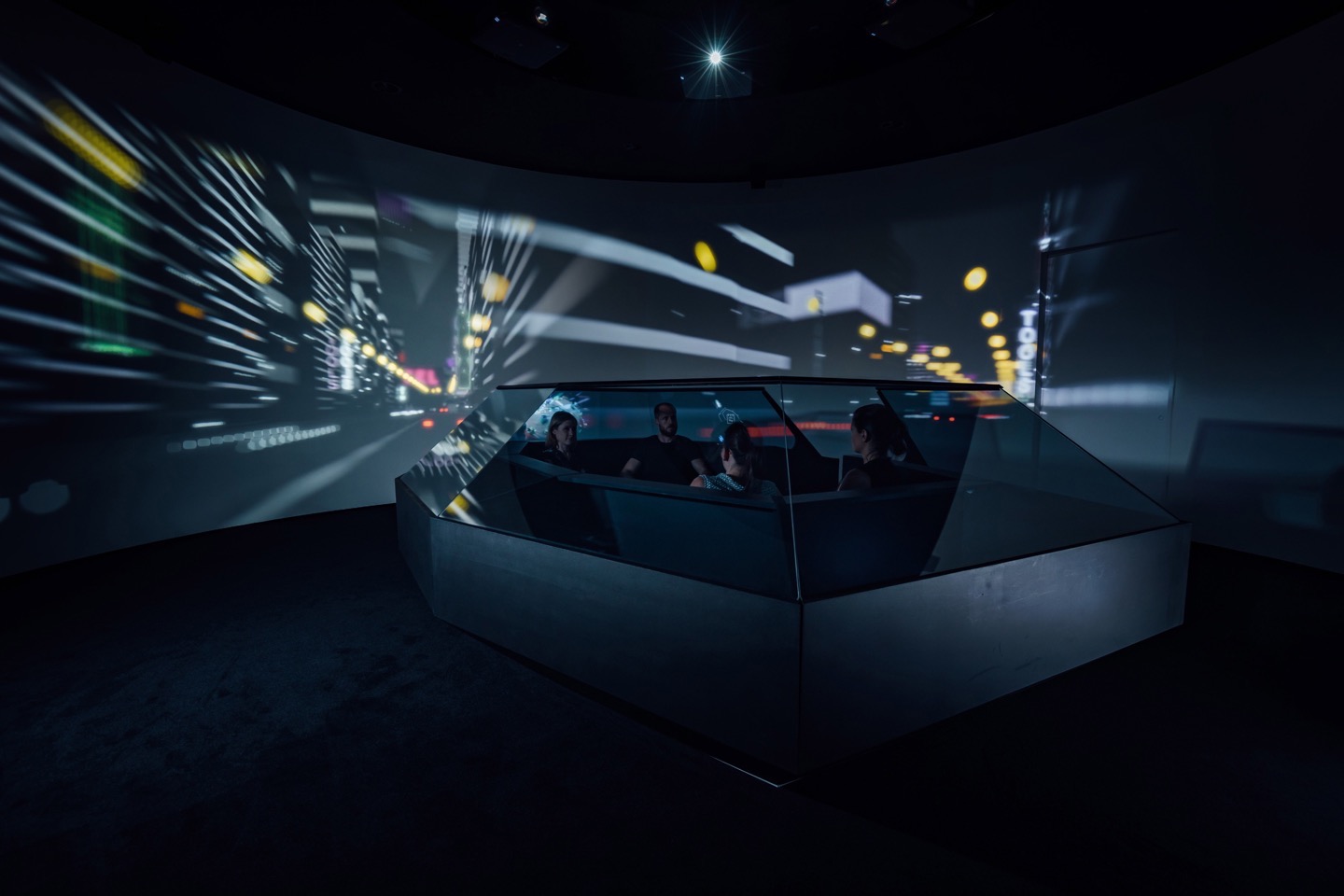As the world evolves towards electric cars and the addition of additional tech into cars, the world of self-driving vehicles is slowly coming to reality. Companies such as Waymo, Uber, Volvo, Apple and even Audi are working on getting their vehicles fitted with self-driving technology . Enter the 25th Hour Project by Audi.
The project explores the idea of what will passengers do then when they confronted a self-driving car. Working in collaboration with the Fraunhofer Institute for Industrial Engineering IAO in Sttutgart, experts on human-machine interaction investigated ways on how to provide every user with a personally optimised automobile interior in the future. For example, how the car interior can become a perfect workplace.

“When cars no longer have a steering wheel, premium mobility can be newly defined. In future, people travelling from A to B will be able to surf the Internet at leisure, play with their children – or do concentrated work,” says Melanie Goldmann, head of Culture and Trends Communication at Audi. “Together with the experts from the Fraunhofer Institute, we want to find out what is important for making optimal use of time in a self-driving car.”

A driving simulator was built to simulate the experience of being in a self-driving car with no steering wheel. Large-scale projections were set up to convey the impression of a city drive by night, allowing the researchers to introduce digital distractions. Driving conditions were altered by dimming windows, changing the lighting, and playing different background noises.
Around 30 test persons carried out various tasks requiring varying levels of concentration while in the simulator. Whilst that was going on, their brain activity was measured for reaction times and error rates. The less distracted the group were, the better their productivity.

“The results show that the task is to find the right balance. In a digital future, there are no limits to what can be imagined. We could offer everything in the car – really overwhelm the user with information,” says Goldmann. “But we want to put people at the centre of attention. The car should become a smart membrane. The right information should reach the user at the right time.”
Follow us on Instagram, Facebook, Twitter or Telegram for more updates and breaking news.


